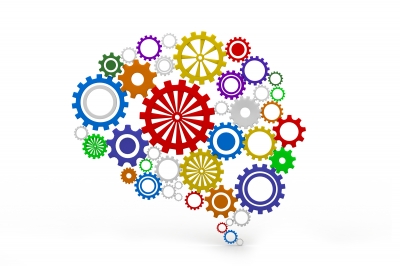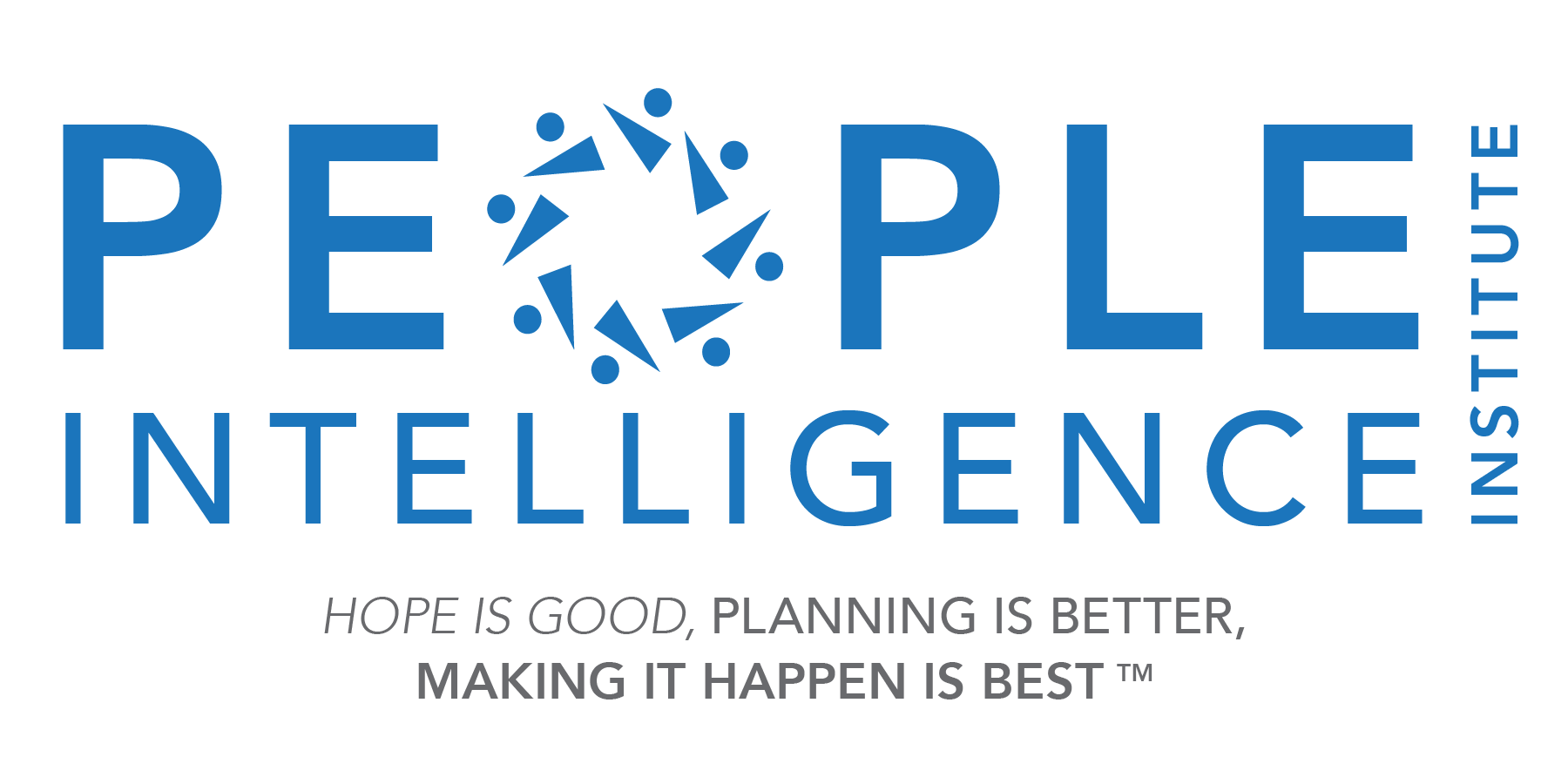"This course has helped train my eye and my mind to see more emotions in others, and as a result, have more successful interactions with others when they are emotional. I am more likely to notice things earlier, before escalation, when the potential to make better choices is stronger."
Read MoreThe End of Daze

Fine-Tuning Your Perception Skills
Self-defense experts urge their clients to be in "Condition Yellow" when engaged in their daily routine, particularly when alone. It's a level of awareness that prevents them from being surprised by a sudden attack. First introduced by Jeff Cooper, a former US Marine, pistol expert and writer; these conditions (white, yellow, orange, red) describe our degree of attentiveness to our surroundings and the people within them.
In condition white, you are unaware, inattentive or downright oblivious. You are shocked when something happens, "I did not see that coming." Cooper and other protective experts talk about remaining in Condition Yellow to prevent an attack in the first place, to seem less vulnerable to a potential predator. Leave Condition White for poolside in the Caribbean.
Conditions Orange and Red refer to the imminent attack and the actual fight, but the bulk of the instruction tends to be about being in a state of readiness - of being switched on so you're not walking around in a fog.
Conditioned Success
Can this level of attentiveness serve us in situations that don't involve physical danger? Can it help us navigate complicated contract talks or merger strategies? Can these skills switch on the high-beams when we're in unknown territory?
By learning how to be more attentive to emotional states of family members, co-workers and counterparts in business relationships, we can head off potential missteps. We can begin to understand why something doesn't feel right and act appropriately. We often dismiss our own emotional reactions to conversations precisely because we are trained to be detached in business. We mistakenly believe emotions cloud our judgment, when in fact, they clarify it. Rather than spotting behavioral nuances we ignore them. By missing important cues we are caught off-guard and later we just don't understand how we didn't see it coming.
Here's the trick. First you must learn what to pay attention to. You must raise your level of emotional awareness. Emotions are at the heart of every deed and every interaction, whether carried out openly or deceitfully. Emotional Competency is an understanding of how emotions drive human behavior so we can see them more clearly as we communicate, negotiate and mediate all manner of human interface.
Knowing how to recognize the underlying emotions gives you something on which to focus, so you're not just hearing words, but 'getting' the truth of any situation. Increasing our awareness of emotions moves us out of Condition White and into the Yellow, where we are alert, aware, in control and focused.
Emotional Intelligence is often written about as being innate, the 'je ne sais quoi' that successful people possess in natural abundance. But Emotional Competency is a skill-set, proven thru decades of scientific and clinical research. A golf instructor can spot a subtle shift in your hips. A music teacher can hear a mistake in what seems to the rest of us a flawless performance. Good or bad, they know what to look for. You can be emotionally competent. You can spot deceit. You can learn to recognize how someone truly feels - but first you must learn what to look for.
The Architecture of Emotional Competency

"All architecture is a shelter, all great architecture is the design of space that contains, cuddles, exalts or stimulates the persons in that space." - Phillip Johnson
So what kind of space have you created for your employees? Is it one where individuals are physically isolated from one another, making human contact a chore? Are they essentially detached from the process in the place of business, segregated in the name of focus?
The idea that the space is either evocative, inspiring, creative and interactive; or is compartmentalized, inhibitive, cold and foreboding, can speak less to the physical space and more to the leadership that influences the dynamic within that space. The leadership can function as the architects of the kind of space where employees either flourish or whither.
Steven Johnson, in his book, "Where Good Ideas Come From", explains how the coffee houses of 17th-century England fostered the Age of Enlightenment. It was the space - the chaotic, communal atmosphere that lent itself to the emotionally open and honest exchange of ideas. Johnson examines the impact the coffee houses had upon the advancement of western culture and civilization. The coffee houses were the places where ideas could, well, percolate. The best ideas develop over time. They are a bundle of smaller ideas that need time to gestate and a place to be born.
Ideation, the formation of ideas, is a process, like an architectural drawing on a cocktail napkin that becomes a functional piece of art. It begins with free expression. In a space where people feel free to be honest and uninhibited, creativity and innovation will blossom.
The idea of place is not simply about steel and concrete, but about creating an open dialogue. Open space engenders open minds - for ideas, congeniality, innovation and forward-thinking. Just as the principal's office can spark dread in a schoolboy, a work space seen as open to new ideas and truthful human interaction can relieve the stress that stifles imagination.
Eugene Kohn of KPF Architecture spoke about what goes on inside of buildings. "Our goal as architects is to create buildings that inspire people to do whatever it is in that space they need to do. That inspiration comes from within the building as much as from the way it looks from the outside." And so it goes for the attitude projected by management. Are you creating corrals or space to grow?
Architecture in both the practical and artistic sense is a process, indeed the only art form in which the developmental stages (blueprints, drawings, models) are revered along with the finished product. Human interaction is a process of exposition, the testing of ideas and knowledge; its application and review, none of which can happen if employees aren't part of the process and managers aren't attuned to the needs of the work force.
Employees need to feel comfortable in the place and view it as common ground, which will propagate a sense of ownership. In this place, the connections all play a role, as each rivet in the steel supports the structure.
In his elegant book, Why Architecture Matters, Paul Goldberger said, "Architecture is about the making of place, and the making of memory. Architecture gives us joy if we are lucky, and it gives us satisfaction and comfort, but it also connects us to our neighbors, since the architecture of a town or a city is the physical expression of common ground. It is what we share, if only because the architecture of a community is one of the few forms of experience that everyone partakes in: the sharing of place."
The art of architecture is obvious, as is the public face of an organization. But in buildings as well as organizations, the underlying structure supports the mission. Complex interfacing systems keep structures functioning as do complicated human interactions, of which leaders must remain keenly aware. To say the full business process is effective without emotional intelligence is like an architect neglecting an essential structural element. The architect gives equal gravitas to aesthetics and function. It all matters.
Image courtesy of khunaspix / FreeDigitalPhotos.net
Why You Can't Spot Lies
 "I knew he was lying all along; I should have trusted my gut."
"I knew he was lying all along; I should have trusted my gut."
Who hasn't said something like this after looking back at a situation, whether professional or personal? Once the whole truth has been revealed we like to reconstruct the events and look for the 'aha' moment that confirmed our suspicions. Once we know the lie we like to think we knew it in the moment. But did we really? Hindsight isn't always 20/20.
According to the scientific data, most of us aren't much better at detecting lies than flipping a coin, roughly 54% (Bond and DePaulo 2006). So what makes us so sure after the fact?
Let's back up. Although there are many complicated reasons why we may miss the truth, such as circumstances, limited process time, and our expectations about the outcome, there are cognitive biases that influence our tendency to accept what we've been told as the truth. Here are just a few:
· Visual Bias - the tendency to place more emphasis on visual clues than linguistic or inflection, tone and other auditory influences.
· Truth Bias - the tendency to overestimate other's truthfulness.
· Demeanor Bias - the tendency to judge another's communication style as being honest.
Our innate biases make it particularly difficult to detect lies in those we are closest to, which may seem counter-intuitive until you consider just two factors:
· The stakes are often higher in personal relationships (cheating spouse, teen drug user) so, given the possible consequences, we want to believe the other person.
· If we love the person we tend to give them the benefit of the doubt.
To detect dishonesty you must understand that emotions are the drivers of certain behaviors. Sometimes people are open and honest about their emotions and sometimes they attempt to conceal them. Yet, regardless of motivation, desire or reason - emotions rule!
Have you ever watched professional bull-riding? Those massive animals are constrained by a small pen, ropes, leather and a team of cowboys. They are bristling, coiled to break free and assert their alpha influence. Emotions are like bulls in the chute; they just need to get out and show themselves and they do so despite a person's best efforts to control them. They are conveyed through demeanor, voice, movement and especially through micro-facial expressions.
Emotions are most observable through the face. We can all picture or imitate a sad, angry, fearful or happy face, but we may not always want to show these emotions in a given situation. But in real interpersonal exchanges they can't be held back. So they leak out; they reveal themselves. They tell us the truth behind the facade. The problem is these expressions of emotion typically flash on and off the face so quickly (under 1/2 a second) we cannot see them with our conscience brain unless we know what to look for.
The good news is our brains are startlingly perceptive. The science of rapid cognition (Gladwell 2007) reveals that our brain sees these micro-expressions on a sub-conscious level and reacts to them. These reactions manifest themselves to us through our own emotions. So for example, the envious co-worker who wanted your promotion may congratulate you, but the disdain, disgust or anger they feel toward you is leaked out through a micro-facial expression. Your gut reacts. You feel awkward, uncomfortable, perhaps even angry and you aren't sure why. It's just something you feel.
So you thought he was lying all along? You were probably right. You just didn't know why you knew. Until the whole truth was revealed you relied on visceral feelings and sensations.
The better news is we can learn to recognize deception and deceptive behavior. We can tip the scales in our favor, uncover dishonesty and yes, we have science in our corner.
To become proficient in detecting deception you must be trained through a continuum. Your training must help you attain a higher level of emotional competency. It should teach you to manage your own emotions. With this base of understanding you can learn how to prepare your conscious brain to recognize what your subconscious brain is already seeing. The clarity you gain will be like putting on a new pair of glasses.
The science of micro-facial expressions is about opening up your mind to the human condition; its strengths, frailties, biases and universal codes of meaning.
Image courtesy of ddpavumba at FreeDigitalPhotos.net
